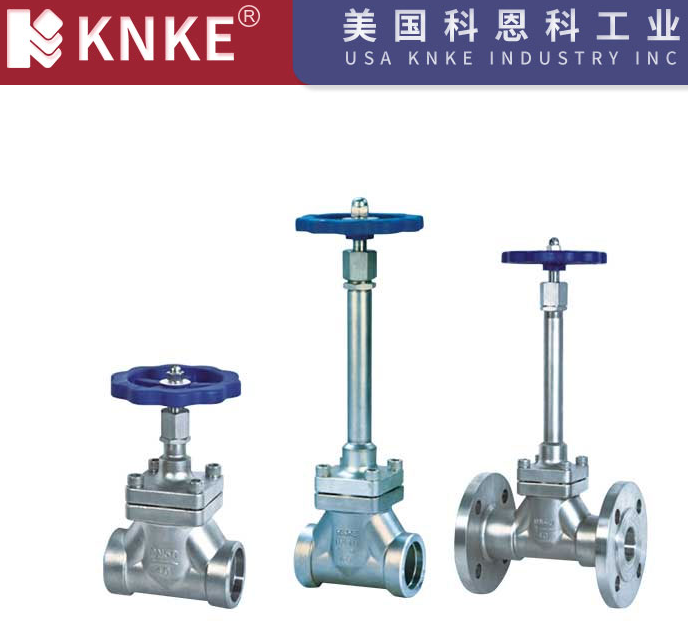Common Valve Materials and Their Applications
Choosing the right valve material is critical for ensuring safe, efficient, and long-lasting performance in fluid control systems. Each material offers specific advantages based on operating pressure, temperature, and the type of media involved. Below is a detailed guide to commonly used valve materials and their recommended applications.

1. Gray Cast Iron Valves
Applications: Suitable for nominal pressure PN ≤ 1.0 MPa and temperatures between −10°C and 200°C.
Media: Water, steam, air, gas, and oil.
Common Grades: HT200, HT250, HT300, HT350.
Features: Cost-effective, good vibration damping, and easy to cast. Ideal for low-pressure systems.
2. Malleable Cast Iron Valves
Applications: Suitable for nominal pressure PN ≤ 2.5 MPa and temperatures from −30°C to 300°C.
Media: Water, steam, air, and oils.
Features: Improved toughness and ductility compared to gray iron. Suitable for slightly higher pressures and temperatures.
3. Ductile Iron Valves
Applications: Suitable for PN ≤ 1.6 MPa and temperatures from −5°C to 80°C.
Media: Water, steam, air, and oil.
Features: Stronger and more impact-resistant than gray iron. However, quality varies among manufacturers. Recommended for low to medium pressure systems.
4. High-Silicon Acid-Resistant Ductile Iron
Applications: Suitable for nominal pressure PN ≤ 0.25 MPa and temperatures below 120°C.
Media: Corrosive fluids.
Features: Excellent corrosion resistance in acidic environments, but limited pressure capacity.
5. Carbon Steel Valves
Applications: Suitable for PN ≤ 32.0 MPa and temperatures from −30°C to 425°C.
Media: Water, steam, air, hydrogen, ammonia, nitrogen, and petroleum products.
Common Grades: WC1, WCB, ZG25, 20#, 25#, 30#, and low-alloy steel 16Mn.
Features: High strength, wide pressure and temperature range, suitable for industrial and energy applications.
6. Copper Alloy Valves
Applications: Suitable for PN ≤ 2.5 MPa and temperatures from −40°C to 250°C.
Media: Water, seawater, oxygen, air, oil, and steam.
Features: Good corrosion resistance, ideal for marine and HVAC systems.
7. High-Temperature Copper Valves
Applications: Suitable for PN ≤ 17.0 MPa and temperatures up to 570°C.
Media: High-temperature steam and petroleum-based products.
Features: Handles high heat and pressure. Must comply with pressure-temperature rating standards.
8. Low-Temperature Steel Valves
Applications: Suitable for PN ≤ 6.4 MPa and temperatures down to −196°C.
Media: Ethylene, propylene, liquefied natural gas (LNG), and liquid nitrogen.
Features: Excellent low-temperature toughness. Essential for cryogenic applications.
9. Stainless and Acid-Resistant Steel Valves
Applications: Suitable for PN ≤ 6.4 MPa and temperatures up to 200°C.
Media: Nitric acid, acetic acid, and other corrosive fluids.
Features: Exceptional corrosion resistance. Preferred in chemical, pharmaceutical, and food industries.
Understanding the properties and limitations of different valve materials is essential for selecting the most suitable type for your system. From cast iron to stainless steel, each material has its optimal operating conditions. Always consider the pressure, temperature, and chemical properties of the medium when choosing a valve to ensure safety, durability, and performance.
